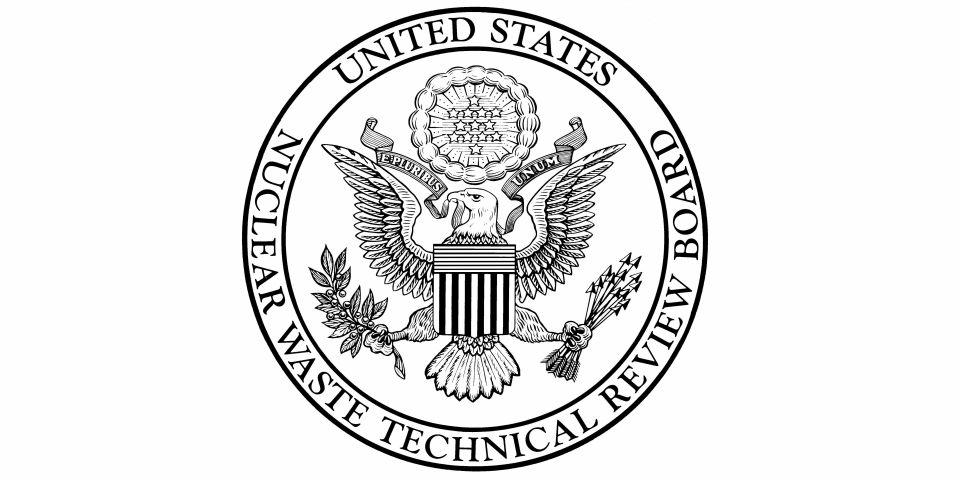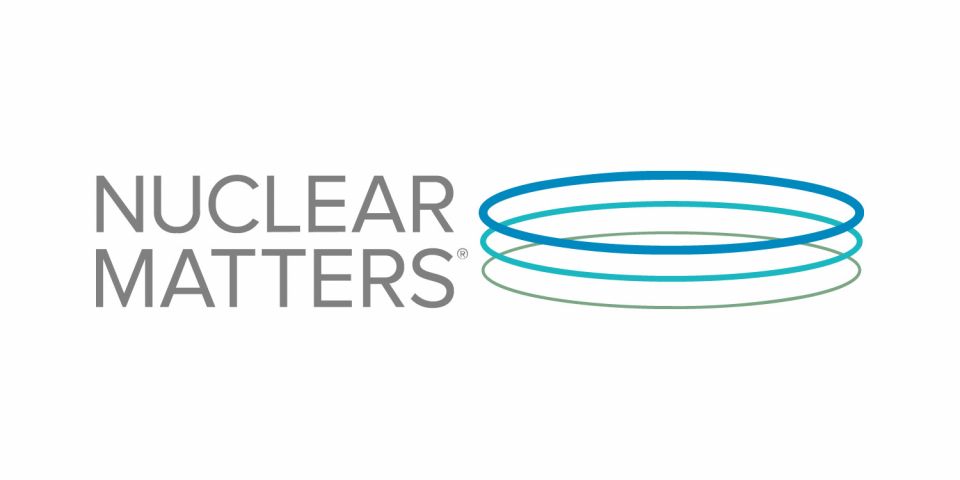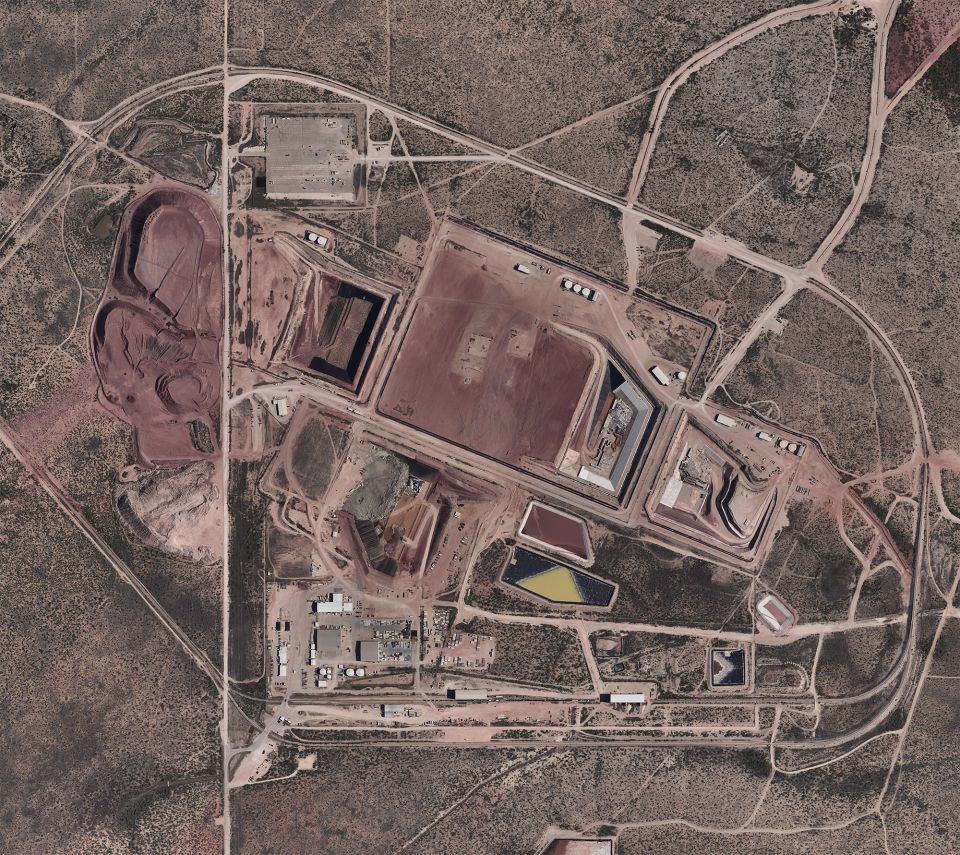Global challenges: According to the NNSA, the 2022-2026 report, which was issued to Congress in December, highlights some of the current nuclear and radiological challenges and how the NNSA works to:
- Prevent adversaries from acquiring nuclear weapons or weapons-usable materials, technology, and expertise;
- Counter efforts to acquire such weapons or materials; and
- Respond to nuclear and radiological incidents and accidents domestically or abroad
The report provides an overview of the NNSA’s “prevent-counter-respond” framework for its mission of reducing global nuclear threats. The report lays out a strategy to address challenges to the global nuclear nonproliferation regime, including nuclear armed states; states seeking nuclear weapons; non-state actors intent on acquiring nuclear or radioactive materials for malicious purposes; and emerging disruptive technologies that could lower barriers to proliferation. The NNSA noted that it implements this prevent-counter-respond framework in cooperation with interagency and international partners, and leverages the expertise and capabilities of the nuclear security enterprise.
Reducing threats: “NNSA plays an indispensable role in our national security by reducing global nuclear and radiological threats,” said Jill Hruby, DOE under secretary for nuclear security and NNSA administrator. “As this report makes clear, the crucial work our team is global, extensive, and ongoing.”






